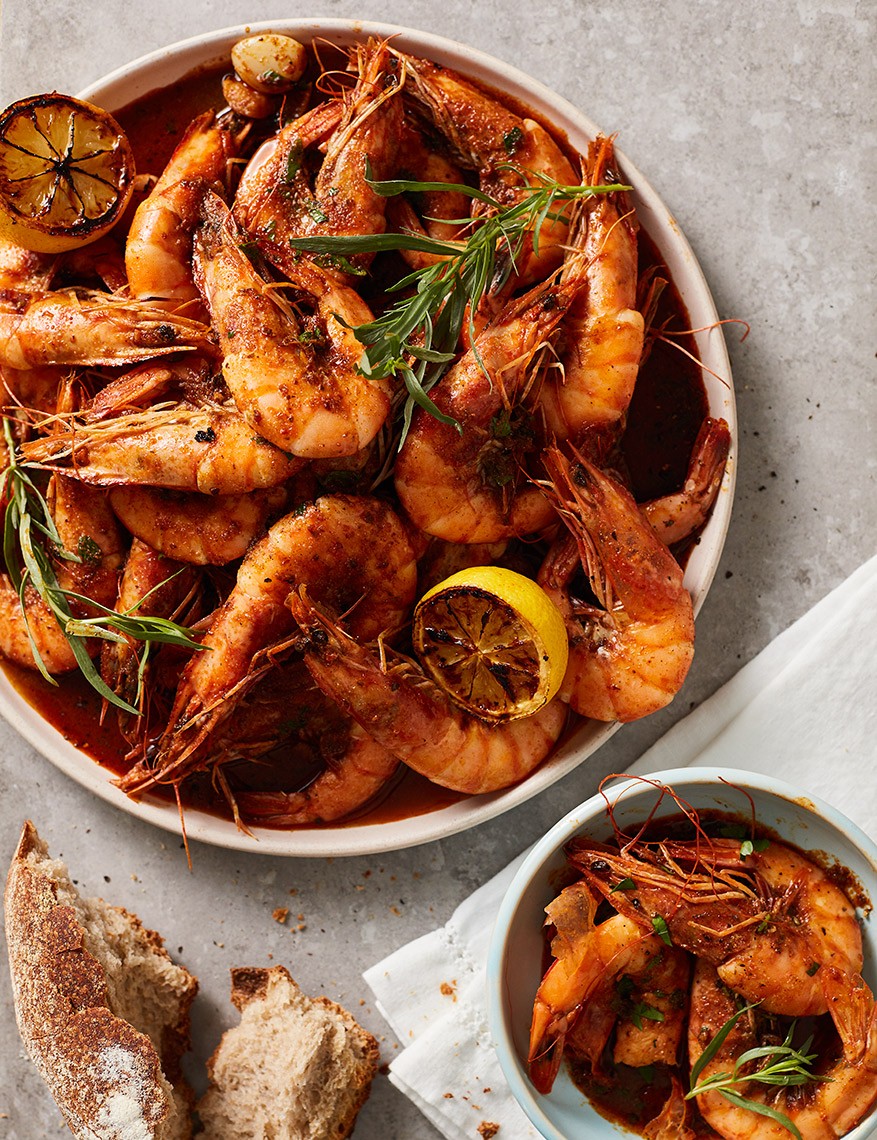We recently connected with Lara Miklasevics and have shared our conversation below.
Lara, looking forward to hearing all of your stories today. Earning a full time living from one’s creative career can be incredibly difficult. Have you been able to do so and if so, can you share some of the key parts of your journey and any important advice or lessons that might help creatives who haven’t been able to yet?
I have been fortunate to earn full-time living as a Food Stylist. I am 15+ years into my career and have never considered walking away or felt the need to supplement my income. Prior to this I worked in restaurants which is often low pay (unless you’re a super star chef) and not conducive to raising children.
I was cooking at a French Restaurant, dating an art dealer/gallery owner in Minneapolis. One of his clients, a fine art photographer, knew me as a chef and knew I also had a floral background (different career). He needed a stylist for a floral show he was starting to shoot, hired me to style the arrangements. The first day on set he declared me a food stylist. I had never heard of this career. He mentored me, took me into local studios and introduced me to people who would eventually hire me as a food styling assistant. Two years later, I was working full time as a food stylist.


As always, we appreciate you sharing your insights and we’ve got a few more questions for you, but before we get to all of that can you take a minute to introduce yourself and give our readers some of your back background and context?
Today, food styling has become a generic label for anyone taking photos of food (thanks social media). Food bloggers, influencers, Tik Tok super stars are not necessarily food stylists. The term is misused, I’d like people to understand the difference.
Food styling is much more than plating pretty food or snapping a photo on your iPhone, taking photos at a restaurant. Food styling is problem solving, it’s science, it’s keeping a living thing alive on a hot set. It’s collaborating with several other creatives and asserting yourself about what works with a particular food or ingredient. It’s having a good eye and understanding how people look at food.
There are multiple aspects of food styling; packaging, editorial/magazines/cookbooks, restaurant, TV, film, online commerce and social media.
Food packaging is probably the least glamorous of all food styling. There are days I come home from work and my kids ask me what I did that day and I don’t want to talk about it. Somedays I move pepper flakes around with a tweezer for hours on end, it can be tedious. There are tight perimeters, multiple crops and angles to be considered, legalities (food weights and measures matter) and strict timelines.
Editorial shoots provide the most creative freedom. Magazines and cookbooks are always the most fun and satisfying, but also the longest workday and lowest pay.
Shooting in restaurants with a Chef is a totally different role. Egos are involved, respect must be earned before changing the plating of a dish. It’s a dance and if successful, one of the most rewarding shoots.
My job is different every day. I have new clients, creative teams and challenges every day. I love food, I love cooking, I love problem solving. Some days I am Chef, scientist, engineer and magician all at once.
Advertising is a tricky arena. I’ve learned to never underestimate my role on a shoot. I am there to be the food professional, my opinion matters, and I will always speak up and make sure that my food makes anyone who sees it, want to eat it.



Can you open up about a time when you had a really close call with the business?
Freelance work is difficult. You can no longer expect to be paid in 30 days. Today, the norm is closer to 90 days. If you are doing the shopping for the photoshoot you may have to carry hundreds if not thousands of dollars on your credit card for 30+ days before being reimbursed. This can be extremely difficult for many people starting out in this business.
Freelance workers must obtain benefits like liability, health and disability insurance and a retirement plan on our own.
Food styling is a great choice for someone who desires a creative career in food, it’s much more civilized than restaurant work. Be prepared to go without work for days or weeks at a time. It’s a feast or famine line of work. I’ve been doing this for 15+ years and I still have anxiety sometimes about never working again after a job. That never seems to go away. But I wouldn’t choose any other career. I am my own boss, I choose when I work, I have a very different job week to week and I am surrounded by other passionate food creatives.



Can you tell us about a time you’ve had to pivot?
I am pivoting now more than ever. I stated earlier on in this interview that social media has hijacked the term ‘Food Stylist’. I think quality is less important today when it comes to food photography (I’m sure it goes beyond food). Images only need to last for a few seconds to suffice. There are aspects of social media that I love, I participate in and I follow but I also resent it for carrying so much weight in this world. I’ve learned that I need it to stay current but I also know how important it is to walk away from it sometimes and trust my work will always be there.
.
Contact Info:
- Website: https://www.laramiklasevics.com/
- Instagram: https://www.instagram.com/lalunafood/
- Facebook: https://www.facebook.com/laram/
- Linkedin: https://www.linkedin.com/in/lara-miklasevics-92b971a8/
Image Credits
Steve Henke, first three editorial Rod Komis, Pizza and Ice cream packaging Josh Grubbs, GRAZA images Terry Brennan, Shrimp and pasta


